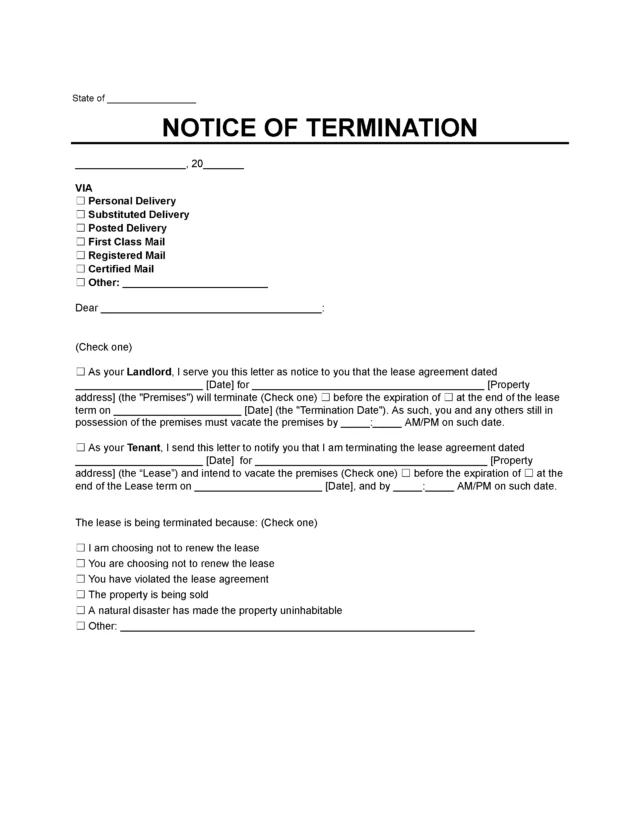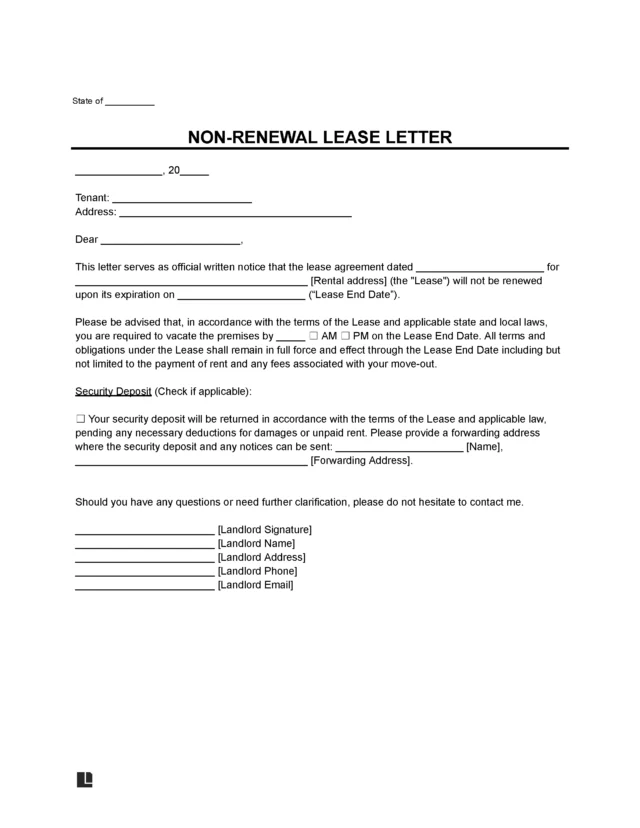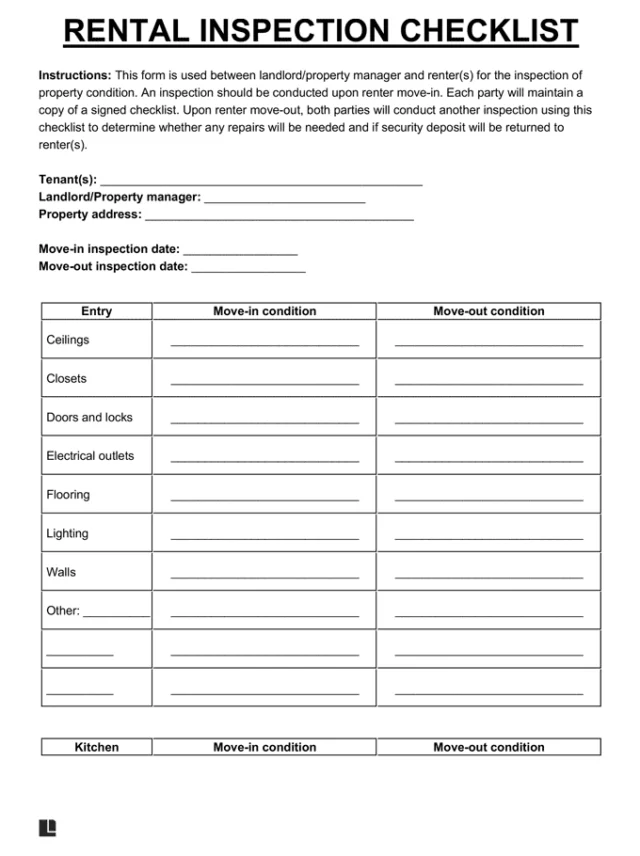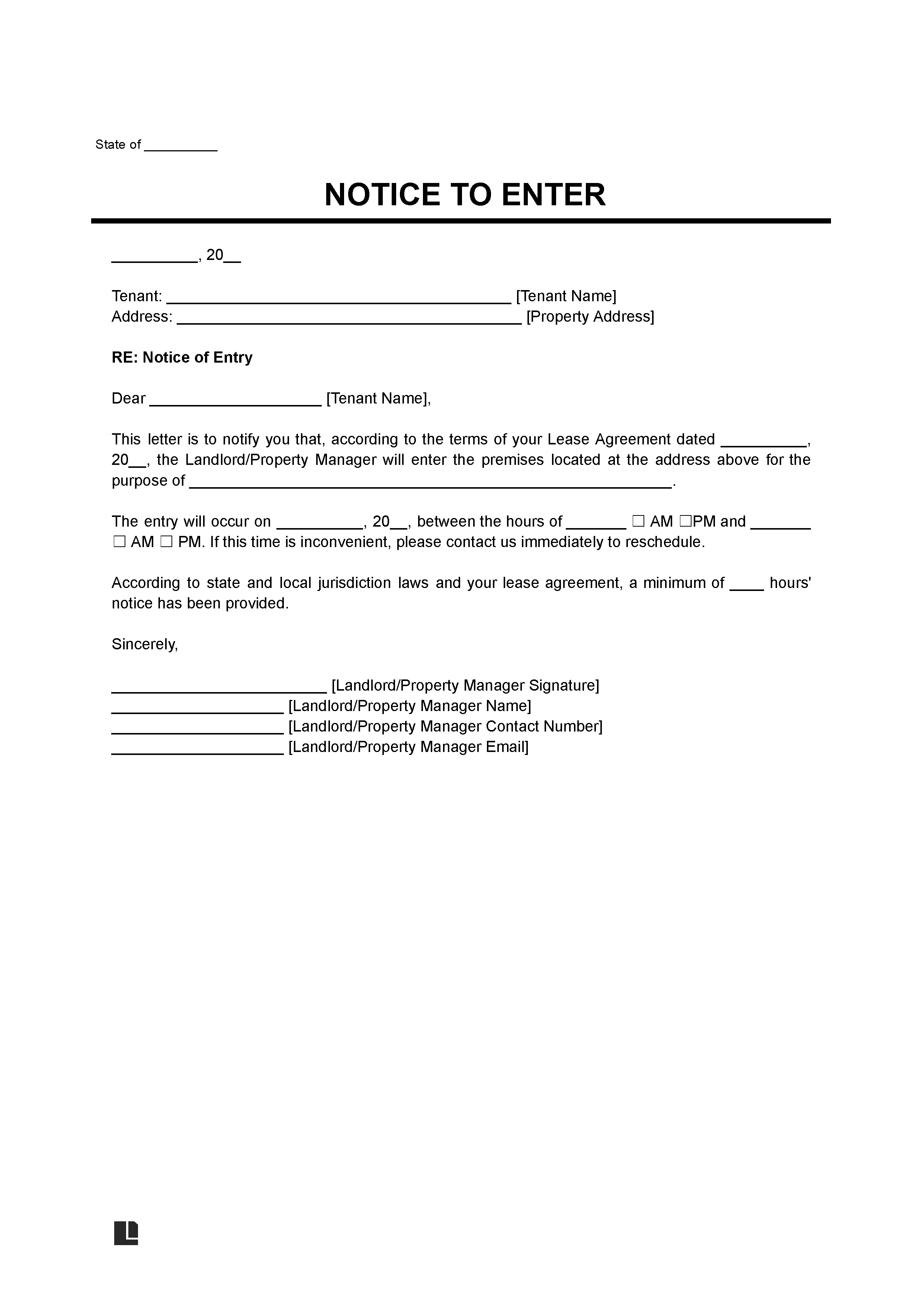What Is a Landlord Notice to Enter?
A landlord notice to enter is a formal letter you send (as a landlord) to a tenant to inform them of your upcoming entry into the unit. It states the day and time you’ll enter the unit, as well as the reason.
State law often requires this notice for non-emergencies, like repairs, inspections, or property showings. Entering without issuing this notice is illegal in states that mandate a notice period (usually 24 or 48 hours). Even if state law doesn’t explicitly outline a minimum period, issuing advance notice helps you respect the tenant’s privacy.
If you issue proper notice, you generally don’t need the tenant’s permission. Tenants who deny reasonable access to landlords may be in violation of their lease. In this case, you can send a notice to comply or vacate.
A landlord notice to enter may also be referred to as a:
- Notice to enter the apartment
- Intent to enter letter
- Inspection notice
When Can a Landlord Enter Without Notice?
A landlord can enter a tenant’s unit without notice in emergencies. Examples of emergencies that would permit the landlord’s unannounced entry include the following:
- Security breaches
- Pest infestations or mold growth that present health risks
- Smoke permeating from the unit
- Water flowing out from underneath the door
- Signs of a gas leak
- Signs of electrical hazards, like power outages or exposed wiring
- Structural damages
Rules for Renting Residential Property
Read about more key rules when renting residential property in our comprehensive guide.
How to Write a Landlord Notice to Enter
A well-written landlord notice to enter shows your courtesy for the tenant and helps you comply with state requirements. Review the following steps to learn how to write a landlord notice to enter.
1. Know Your Reason for Entry
Before drafting the notice, you must clearly define the reason for entering the property. Landlords cannot enter tenants’ apartments or property without a valid reason. Some common reasons include:
- Repairs or maintenance: Work scheduled by the landlord or requested by the tenant. It can cover necessary fixes and agreed-upon improvements.
- Inspections: Routine checks for property condition or damage.
- Showings: To prospective renters or buyers. Tenants should not unreasonably withhold consent for showings.
- Lease violations: Verifying unauthorized tenants, pets, or other lease breaches.
- Abandonment: If you observe signs that the tenant has left the property without notice.
Specifying the reason helps tenants understand the necessity of entry and avoid disputes.
2. Determine the Notice Period
Most states have laws regarding the required notice period for entry in non-emergency situations. 24- and 48-hour requirements are standard, but some states don’t highlight a distinct notice period. However, they may require “reasonable” advance notice, which is commonly interpreted as 24 or 48 hours.
Research your state’s laws in the table below to determine how much notice you must issue before entering.
| State | Advance Notice Requirement | Law | Special Notes |
|---|---|---|---|
|
Alabama |
2 days | AL Code § 35-9A-303 | n/a |
|
Alaska |
1 day | AK Stat § 34.03.140 | n/a |
|
Arizona |
2 days | AZ Rev Stat § 33-1343 | n/a |
|
Arkansas |
Not required | n/a | n/a |
|
California |
- 1 day - 2 days for move-out rental inspection |
CA Civ Code § 1954 | n/a |
What If My State's Laws Are Silent on Notice Periods?
If your state’s laws don’t address landlord notice periods for entry, you should still consider issuing notice to respect the tenant’s privacy and sense of security.
3. Draft the Landlord Notice to Enter
Include the following details in your notice to create an effective letter and comply with tenants’ rights:
- Landlord’s name and contact information: Full name, address, phone number, and email.
- Tenant’s name: The full name of the tenant as listed on the lease agreement.
- Property address: The rental property address, including unit number (if applicable).
- Date of notice: The date when the notice is being issued.
- Reason for entry: Clearly state why you need to enter the property (e.g., repairs, inspection, showing).
- Date and time of entry: Specify the exact date and approximate time (e.g., between 10:00 AM and 12:00 PM). Ensure the time is during regular business hours to protect tenants’ right to “quiet enjoyment” of the property. Check state laws to ensure that you are entering at a legally allowable time.
- Rescheduling option: Tenants do not need to be present during the entry, but the notice should give them the opportunity to be there if they choose. If the time is inconvenient, offer the tenant a way to contact you to reschedule.
- Signature line: Space for the landlord’s signature and date of signing.
Serving a Landlord Notice to Enter
Once you prepare your landlord notice to enter using Legal Templates’s guided questionnaire, you must deliver it properly. The delivery method you choose is essential, as it can ensure the tenant receives the notice in a timely manner. Consider the following delivery options:
- In-person delivery: Handing the notice to the tenant personally or posting it on their door.
- Mail delivery: Sending via standard or certified mail. Certified mail is preferred because it provides proof of delivery.
- Electronic delivery: It may be possible to send the notice via email, but some leases may not allow for it.
Can Tenants Deny Entry?
Tenants are generally not allowed to unreasonably withhold consent to the landlord to enter the rental unit.
Keep a copy of the notice, delivery receipts (if mailed), or other proof that the notice was given, such as a picture of the posted notice on the door. This can protect you in the event of legal disputes regarding unauthorized entry or failure to notify. You may also recover reasonable attorney fees if you can prove that a tenant unreasonably withheld consent for entry.
Once you’ve served notice and the minimum period has elapsed, you can enter the property at the stated time. Conduct the entry professionally, respecting the tenant’s privacy. If the tenant objects or refuses entry without a valid legal reason, depending on the state, legal intervention may be required.
Landlord Notice to Enter Sample
View our landlord notice to enter sample to learn how to structure your letter. Then, use our guided form to write your own and communicate your intent to enter a tenant’s apartment or rental unit. Download the final version as a PDF or Word file.






